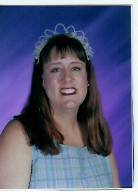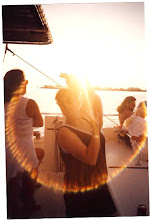
Book Type/Pages:
Picture/32
Grade Level:
Third through twelfth grades
Curriculum Links:
Art
Author Credibility:
Bob Raczka has studied art and worked at an advertising agency. He decided to pursue a more creative career and became a children’s author. He has written several art books for children. His introduction in this book gives defining information on the characteristics of portraits.
Awards:
2007 ALA Notable Children’s Book Award
Book Summary:
This book gives biographical information and shows self-portraits of sixteen different artists. Some of the portraits are humorous, and include elements that are playful. In the self-portrait of Norman Rockwell, there are seven self-portraits plus those of four other artists. This painting is of Norman Rockwell painting himself looking into a mirror so he can paint himself.
National/State Standards:
National Art Education Standards:
Understanding and applying media, techniques, and processes
Choosing and evaluating a range of subject matter, symbols, and ideas
Understanding the visual arts in relation to history and cultures
Reflecting upon and assessing the characteristics and merits of their work and the work of others
Illustrations/Graphics:
The illustrations in this book consist of photographs of different self-portraits done by various artists. Each two page spread contains a full page photograph of the portrait with biographical information on the artist on the opposing page.
Access Features:
Important access features of this book include an introduction and photo credits.
Writing Style:
Raczka uses an informal and conversational tone when writing. The biographical information also includes points to notice about each portrait, which draws the reader to study each portrait more closely.
Use in My Classroom:
I would use this book as a part of different artists studies. Another use would be incorporate writing and art, by having students create their own self-portrait and write a short biography to go with it.
My Response to the Book:
I loved this book. Raczka approaches the self-portrait as a way to look into the artist’s mind to see how they viewed themselves. By comparing different artists’ self-portraits, each painting evokes different emotions. Reading the biographical information also gave insight as to events that impacted the artist and their self-image.
Related Texts:
Other art books by Bob Raczka:
No One Saw: Ordinary Things through the Eyes of an Artist
More Than Meets the Eye: Seeing Art with All Five Senses
Unlikely Pairs: Fun with Famous Works of Art
Art Is …
3-D ABC: A Sculptural Alphabet
Fourteen Works of Art







































